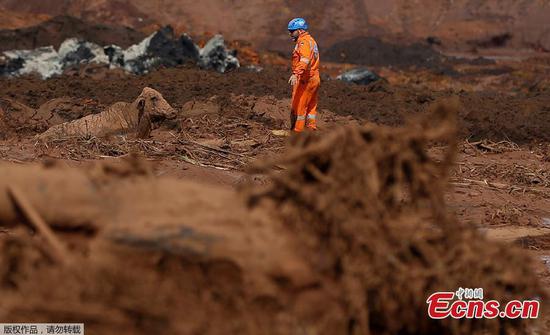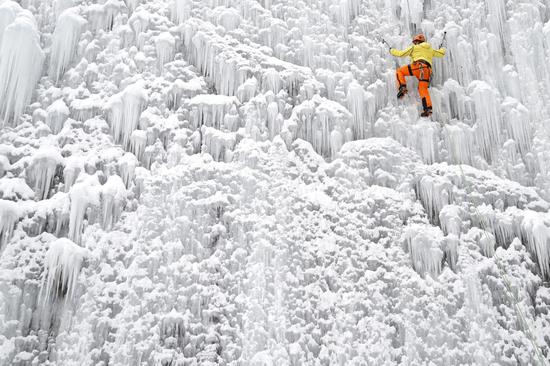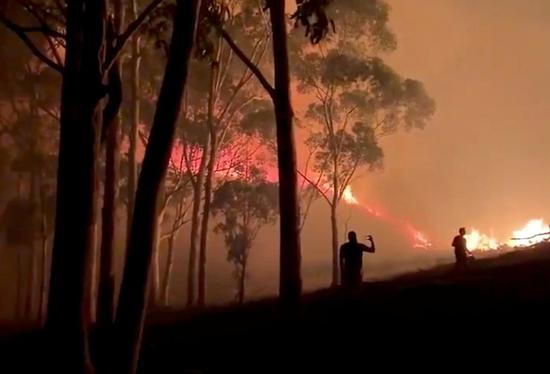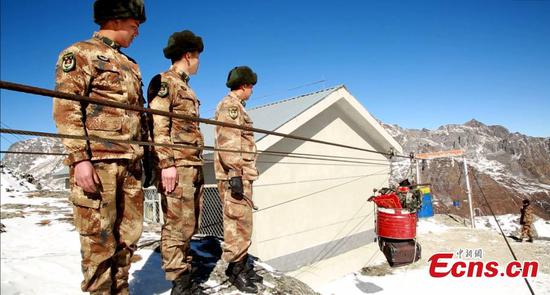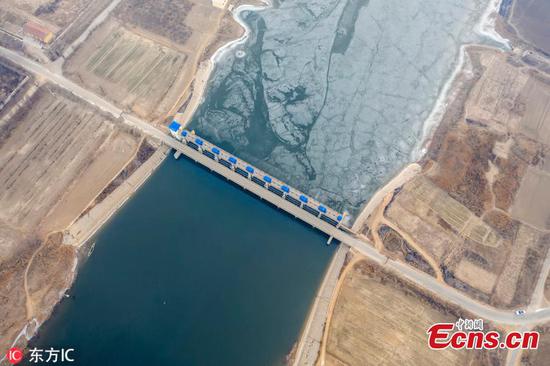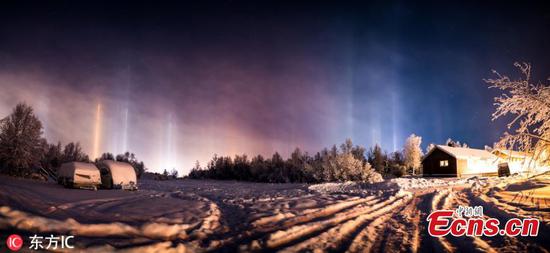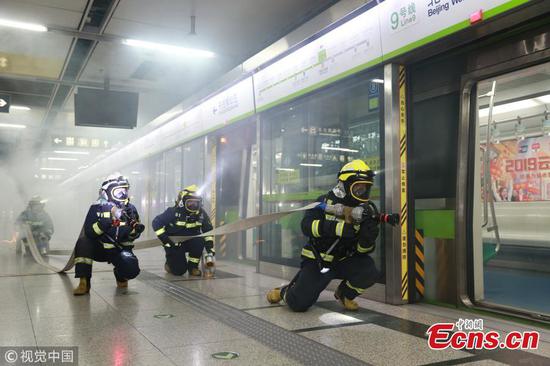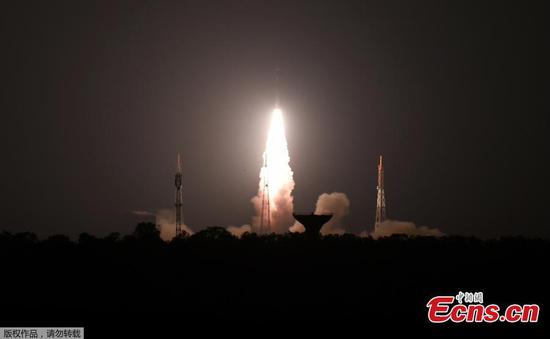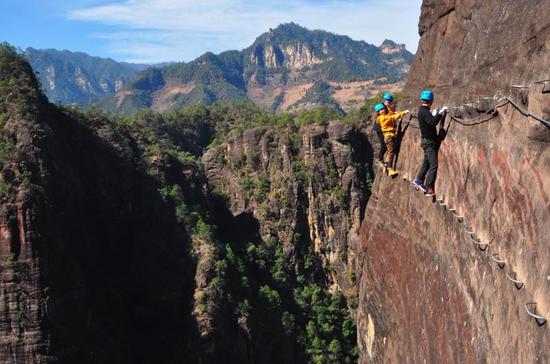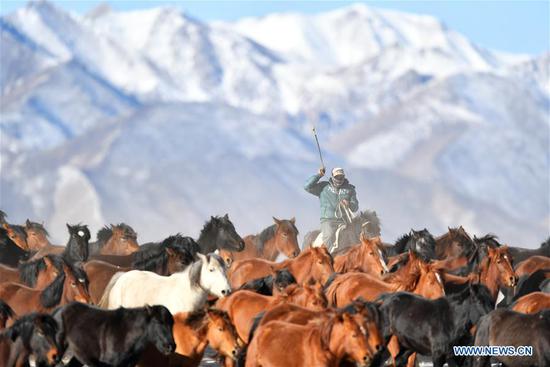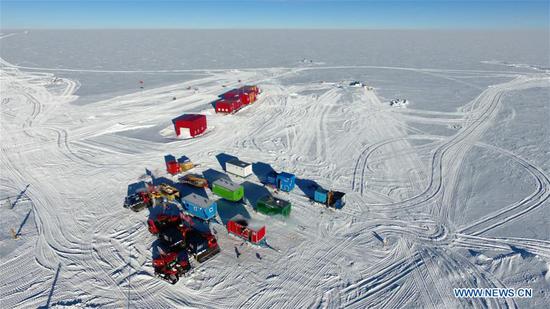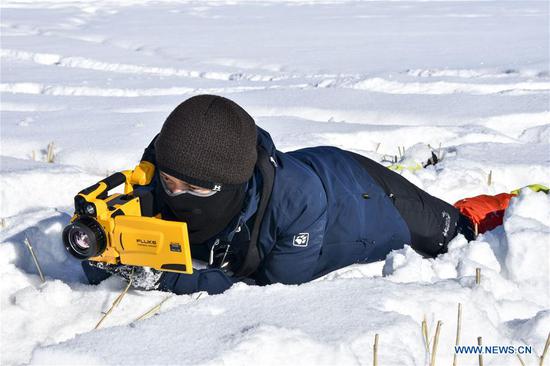U.S. energy-related carbon dioxide (CO2) emissions will decrease in 2019 and 2020, though they increased in 2018, the U.S. Energy Information Administration (EIA) said on Monday.
According to the EIA, U.S. CO2 emissions increased by 2.8 percent in 2018, the largest in energy-related CO2 emissions since 2010. Emissions from natural gas, which increased by nearly 10 percent, drove the overall increase in 2018.
Weather conditions and continued economic growth primarily contributed to the increasing energy consumption and emissions in 2018.
The EIA said it was warm last year, and U.S. population-weighted cooling degree days hit a new record in 2018. What's more, the winter months of 2018 were colder than the previous 10-year average, and heating degree days hit the highest since 2014.
These temperature patterns led to what EIA estimates hit record levels of electricity consumption and natural gas consumption in 2018.
Electricity is used to meet almost all air conditioning demand while natural gas and electricity are the two most common heating fuels.
Both 2019 and 2020 are expected to have milder winters and milder summers and consequently, less energy consumption. However, even with declines in emissions over the next two years, energy-related CO2 emissions in 2019 and 2020 are still projected to be higher than 2017 levels.
Economic factors also affect energy consumption and emissions. U.S. gross domestic product (GDP) growth is expected to slow down to 2.7 percent in 2019 and 2.0 percent in 2020 from the 2.9 percent growth in 2018.
Meanwhile, the EIA estimated that U.S. industrial production is expected to grow faster than GDP in 2019, but slower than GDP in 2020. Slower growth in industrial production in 2020 will reduce the energy and carbon intensity associated with GDP growth, as industrial production tends to be more energy intensive than other parts of the economy.











